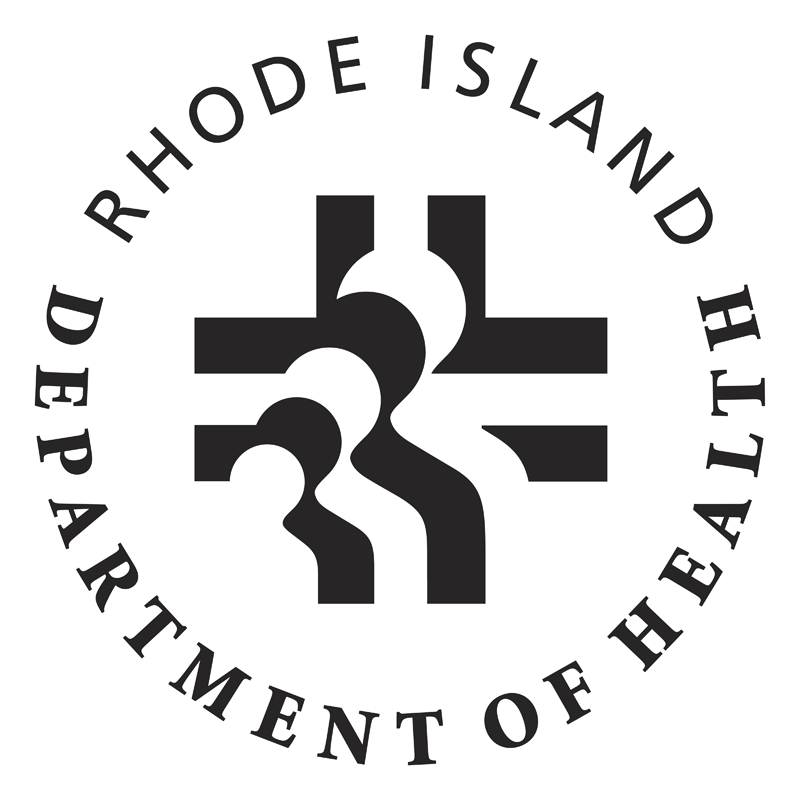 Rhode Island Department of Health
Rhode Island Department of HealthState of Rhode Island
Department of Health
 Rhode Island Department of Health
Rhode Island Department of HealthState of Rhode Island
Department of Health
High housing costs can have a negative impact on health. Cost-burdened households may be forced to choose between the cost of housing and other essentials, such as food, utilities, and healthcare. more
To assess Rhode Island's progress towards advancing health equity, as part of the Rhode Island Health Equity Measures.
| Measure | Percentage of renters and owners who are housing cost burdened |
| Data Source | 2013-2017 American Community Survey - Selected Housing Characteristics |
| Strata | City/Town |
| What this measure means | This measure uses housing data from the American Community Survey to calculate the total estimated percentage of cost burdened renters and owners in each municipality in Rhode Island. Housing cost burden is defined as spending more than 30% of annual household income on housing. For this measure, total housing cost burden was calculated by adding together the number of cost burdened housing units with a mortgage, without a mortgage, and paying rent, dividing by the total number of housing units with a mortgage, without a mortgage, and paying rent, and then multiplying by 100. |